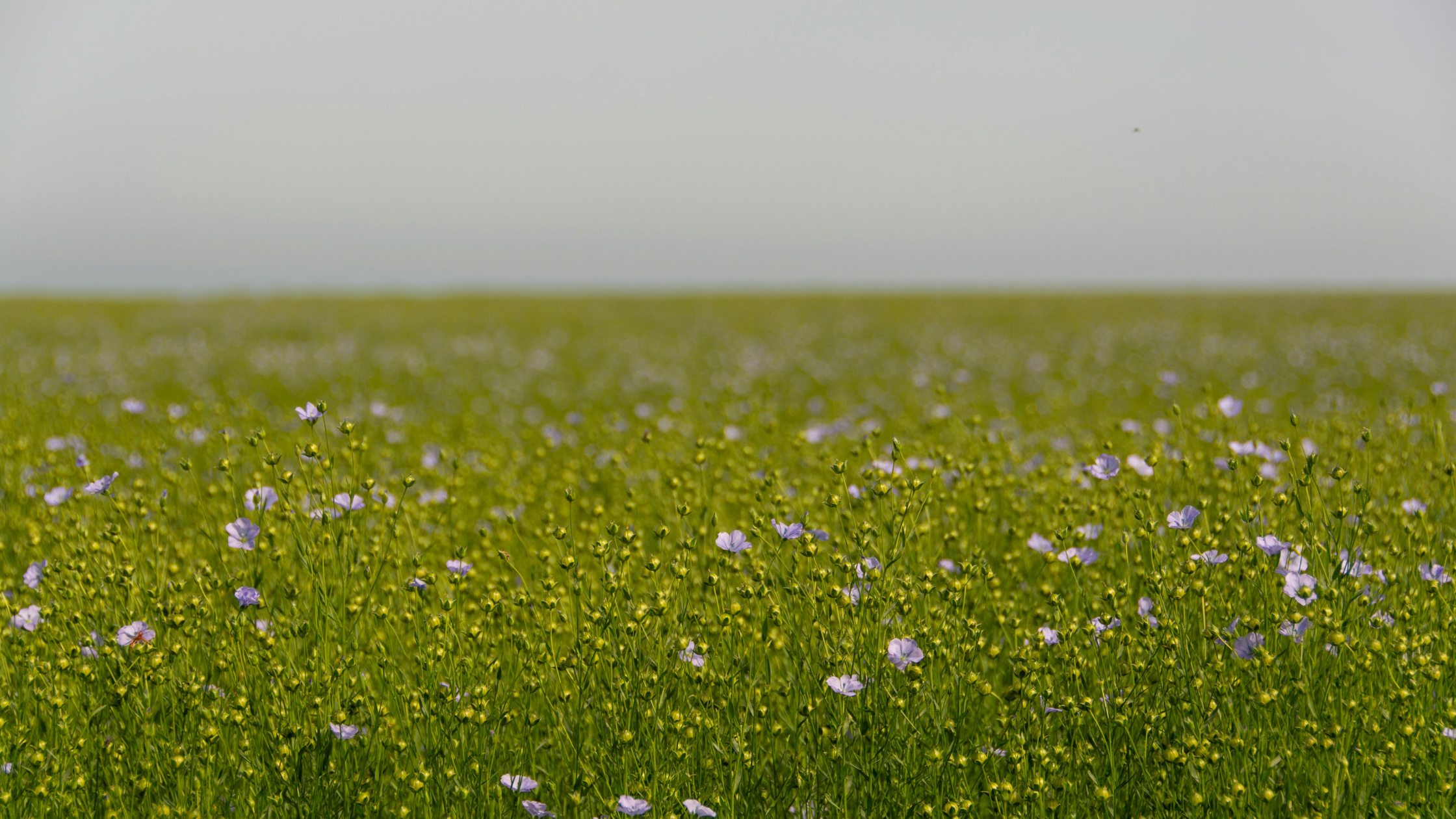
Flax Linen Through History: From Ancient Harvests to Modern Kitchens
At Ambrosia, we see our work as part of this long lineage: bringing an ancient material into the modern kitchen to help families waste less and enjoy more.
As the seasons shift into autumn, we’re reminded of how deeply connected food and fabric have always been. For thousands of years, people turned to natural materials not only to clothe themselves but also to preserve the harvest. Among them, flax linen has stood the test of time—valued across cultures for its durability, purity, and ability to care for food. At Ambrosia, we see our work as part of this long lineage: bringing an ancient material into the modern kitchen to help families waste less and enjoy more.
Ancient Roots of Flax Linen
Flax is one of the oldest cultivated plants in human history. Archeologists have traced its use back more than 30,000 years, with fibers found in prehistoric dwellings. In ancient Egypt, linen was so prized that it was used to wrap pharaohs in their burial chambers. Linen was associated with purity and strength, a fabric worthy of carrying both everyday harvests and sacred traditions.
Across Europe, flax became central to farming communities. Generations grew and processed the plant by hand, spinning fibers into fabric that would last for decades. It was celebrated not only for clothing and bedding but also for its natural ability to breathe—making it the material of choice for storing food before refrigeration ever existed.
Why Linen Works
What made flax linen so beloved then still makes it powerful today. Unlike plastic, which traps moisture, or cotton, which absorbs and holds it too long, flax linen finds balance. Its natural fibers regulate humidity and allow air to circulate, which helps prevent mold and spoilage. That means fruits, vegetables, grains, and herbs stored in linen last longer—an insight our ancestors knew long before studies confirmed it.
Linen is also inherently durable. A well-made linen bag can last for years, turning one simple piece of fabric into an everyday tool that reduces waste, saves money, and supports a more thoughtful kitchen.
Ambrosia’s Connection
When we chose flax linen as the foundation for Ambrosia Bags, it wasn’t just for sustainability—it was for continuity. We wanted to create something rooted in history and proven by centuries of use, while also honoring modern needs. Our bags are made from carefully selected raw European flax linen and handcrafted in Southern California by skilled makers who are paid fair wages.
In every bag, there’s a thread of that old-world wisdom: an understanding that food deserves care, that homes function better with simplicity, and that what we choose to make—and how we make it—matters.
Bringing History Into Your Kitchen
Today, storing food in linen may feel like a modern eco-friendly swap, but in truth, it’s part of a much older story. From ancient harvest celebrations to your fall farmers market, flax linen has always been about balance, longevity, and respect for what we grow.
As autumn invites us to slow down, cook hearty meals, and enjoy the abundance of the season, Ambrosia Bags are here to carry forward that same tradition—helping you savor more, waste less, and connect with food the way it was meant to be cared for.

